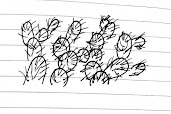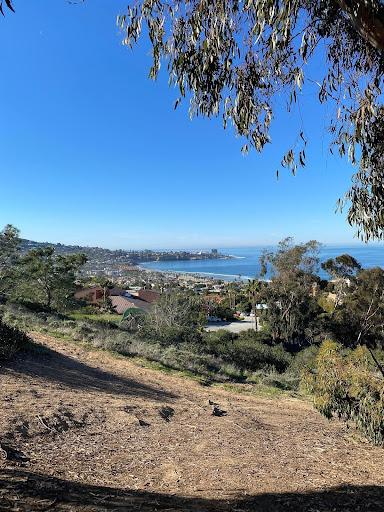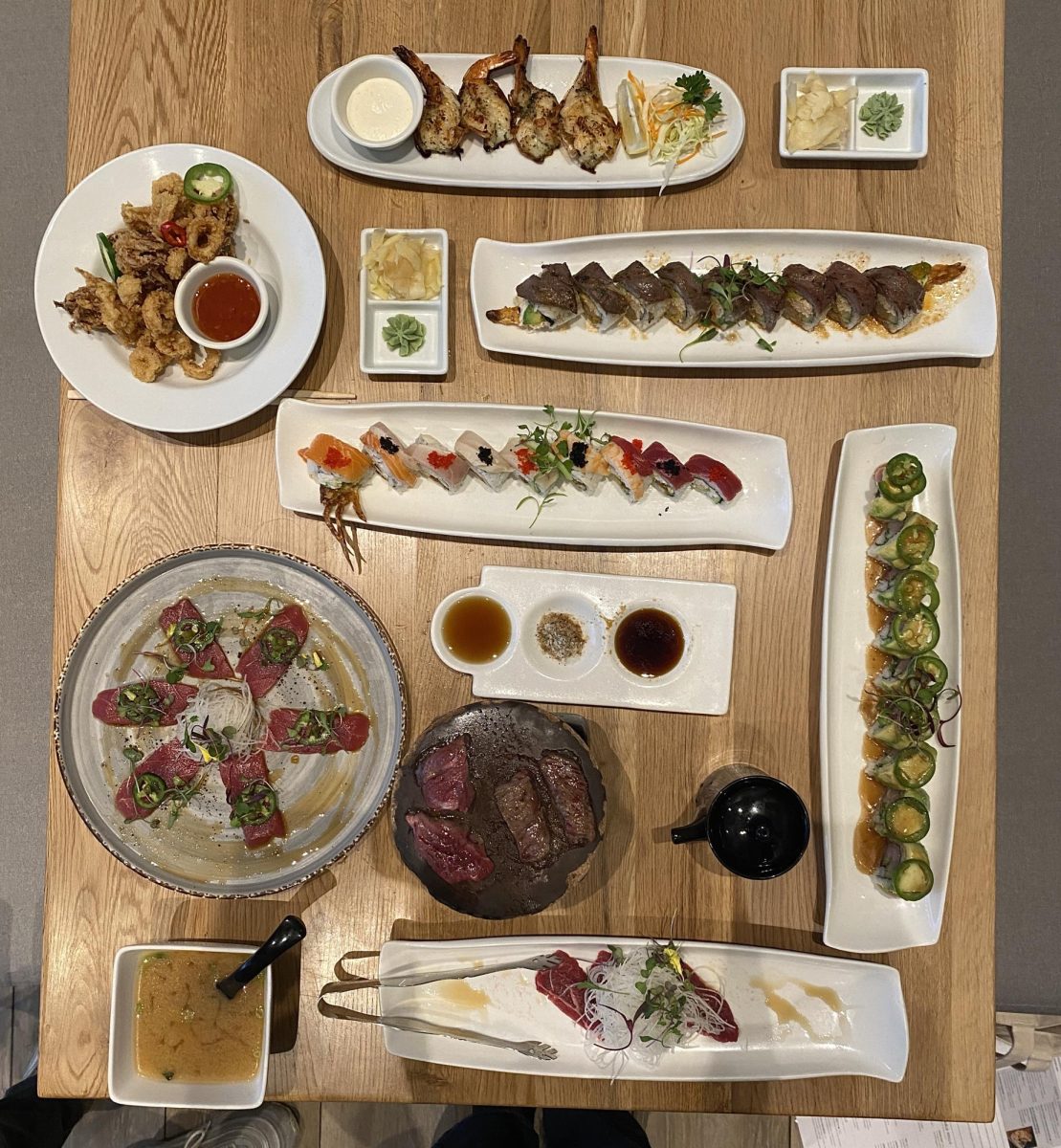If you’re anything like me, you’ve been going a little crazy attending Zoom University this quarter. Cooped up inside, I bet you’re itching for some fresh air. And, the walk to your nearest dining hall isn’t necessarily the best form of exercise. So, it is my pleasure to provide you with this helpful field guide. Hopefully, I’ll make your next hike more exciting, recognizing our native La Jolla flora. With the nearest hike into the great outdoors being just a 10–15 minute walk from campus, you too could soon be immersed in nature with the valuable knowledge I will gladly bestow upon you. So without further ado, here is Bradley’s Field Guide to the La Jolla Wilderness!
California Brittlebush Encelia Californica
The California Brittlebush is only one of the many yellow flowers you may see while out and about the La Jolla wilderness. With its long stem, dark center, and dainty petals, the brittlebush resembles a daisy. However, the brittlebush thrives in a harsher and arid environment, unlike the fragile daisy. Take a look at their center and see the pollen gathered and left by the bees in the area and how its orange hue reflects against the dark background. You can see how the petals are perforated at its ends, giving this flower bush its iconic shape, making it a sight to behold on your next hike!

Bermuda Buttercup Oxalis Pes-Caprae
Another iconic yellow flower that can be seen in the nearby areas is the Bermuda Buttercup. With a softer and brighter hue, the buttercup’s petals seem almost opaque and add a wonderful brightness to the otherwise brown and green environment. If you can, take a look at the leaves of this plant. Notice their roundness, almost like clovers, and how their shape completely compliments the silhouette of the buttercup. If you’re lucky, you’ll see a field of them with the Pacific Ocean as its backdrop. And while they may look fragile, their resistance to La Jolla weather makes that a tried-and-true staple of this landscape.
California Prickly Pear Cactus Opuntia Phaeacantha
You may be thinking that cactuses are strictly desert plants. However, La Jolla’s relatively dry climate (compared to further up north) makes this a great place for cactuses to share their homes with the bushels and wildflowers. If you’re lucky, you’ll see a greenish/yellowish flower blooming from the top of the cactus: a great juxtaposition of beauty and fragility compared to the tough and spikey skin of the prickly pear cactus. Clumps of these cacti can be found interspersed on any hiking trail nearby, so you’ll be sure to see them while you’re out exploring.

Fan Palms Washingtonia Filifera
These trees are more of a SoCal staple rather than a La Jolla staple. However, you’ll recognize that the fan palms you’ll see are neatly trimmed and are more of a residential/urban feature of the La Jolla landscape. But, if you can find one away from the hustle and bustle of the streets and sidewalks, you’ll see its dead leaves still a part of the tree, hanging below the fresh and healthy palms. Watch how their leaves sway in the wind. Hear their rustling, and appreciate their green hats, standing tall above the skyline.

Eucalyptus/Gum Trees Eucalyptus Mannifera
For this tree, you really don’t need to travel far. These bad boys are EVERYWHERE. On and off campus, you’ll be able to spot their waxy leaves and stripped bark. Eucalyptus groves are also easy to recognize because many plants aren’t able to grow around these trees. Like the bad-asses they are, Eucalyptus trees taint the soil they grow in, making it virtually impossible for other species to grow nearby. Take a second look at these green giants the next time you’re walking around campus. I think that their foliage reflects the sunlight and dances with the wind beautifully. Sitting, watching, and listening to them, in my opinion, would be a great use of your time.
In conclusion, go outside and take a walk! Discover some plants and trees that you like. And, take in the fresh La Jolla air. Best of luck fellow ecologists!
Photo Courtesy of Bradley Beggs











Tif • Feb 6, 2022 at 3:15 pm
Personally, I like the sea and beaches better than deserts like this. I try to go to a resort as often as possible to recover and regain strength. However, you may need to examine several resorts to determine which one is the most cost-effective for you right now, where you will be more comfortable with your family, and so on. To do so, I recommend reading https://tripbirdie.com/costa-rica-vs-puerto-rico/ where you can learn more about the Costa Rica and Puerto Rico, as well as compare them. It will be a lot easier to make a decision then.